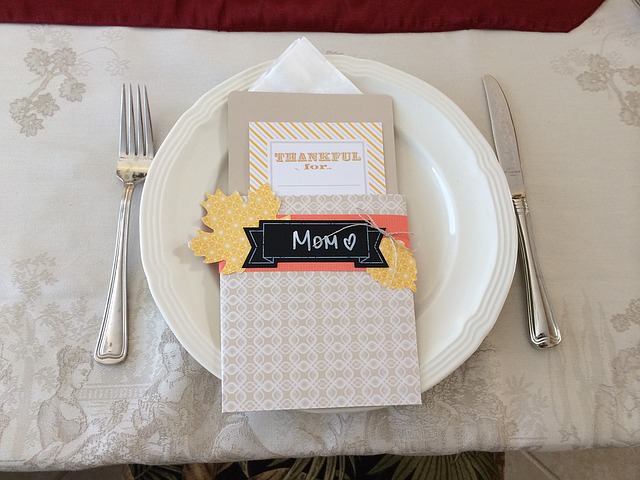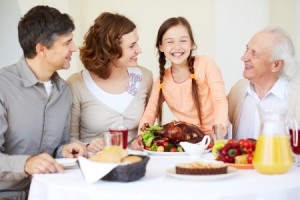 Thanksgiving is a time of coming together with family, enjoying a traditional meal, and giving thanks together. But how can you encourage your children to think beyond the food to the meaning behind the celebration? Here are some suggestions to help encourage an “attitude of gratitude.”
Thanksgiving is a time of coming together with family, enjoying a traditional meal, and giving thanks together. But how can you encourage your children to think beyond the food to the meaning behind the celebration? Here are some suggestions to help encourage an “attitude of gratitude.”
Don’t wait until Thanksgiving dinner: Start talking about Thanksgiving’s meaning earlier in the week. Ask your children what they’re thankful for at breakfast before school or at the dinner table.
Remind them of the first Thanksgiving: Tell them the story of the pilgrims barely making it through those first tough years, or, better yet, let them tell you what they know about the story. Talk about a time when people couldn’t drive down the street and pick up the food you needed at your neighborhood grocery store and how hard it was to survive in the New World.
Create a thank-you tree: Put a branch in a pot or hang one on the wall. Have your children help you cut out leaves from paper in fall colors and have everyone in the family write down things they’re thankful for on each leaf. Tie the leaves to the branch for a festive reminder of why we celebrate Thanksgiving each year.
Set a good example: Be sure to tell your children all the things you’re thankful for, including them! Give them examples of the good things in their lives and yours. Explain that there are things to appreciate every day and it’s up to us to notice and be grateful for them.
Thanksgiving is a good opportunity to step back and take a look at all of the good things we have, but an attitude of gratitude serves us well all year round.



